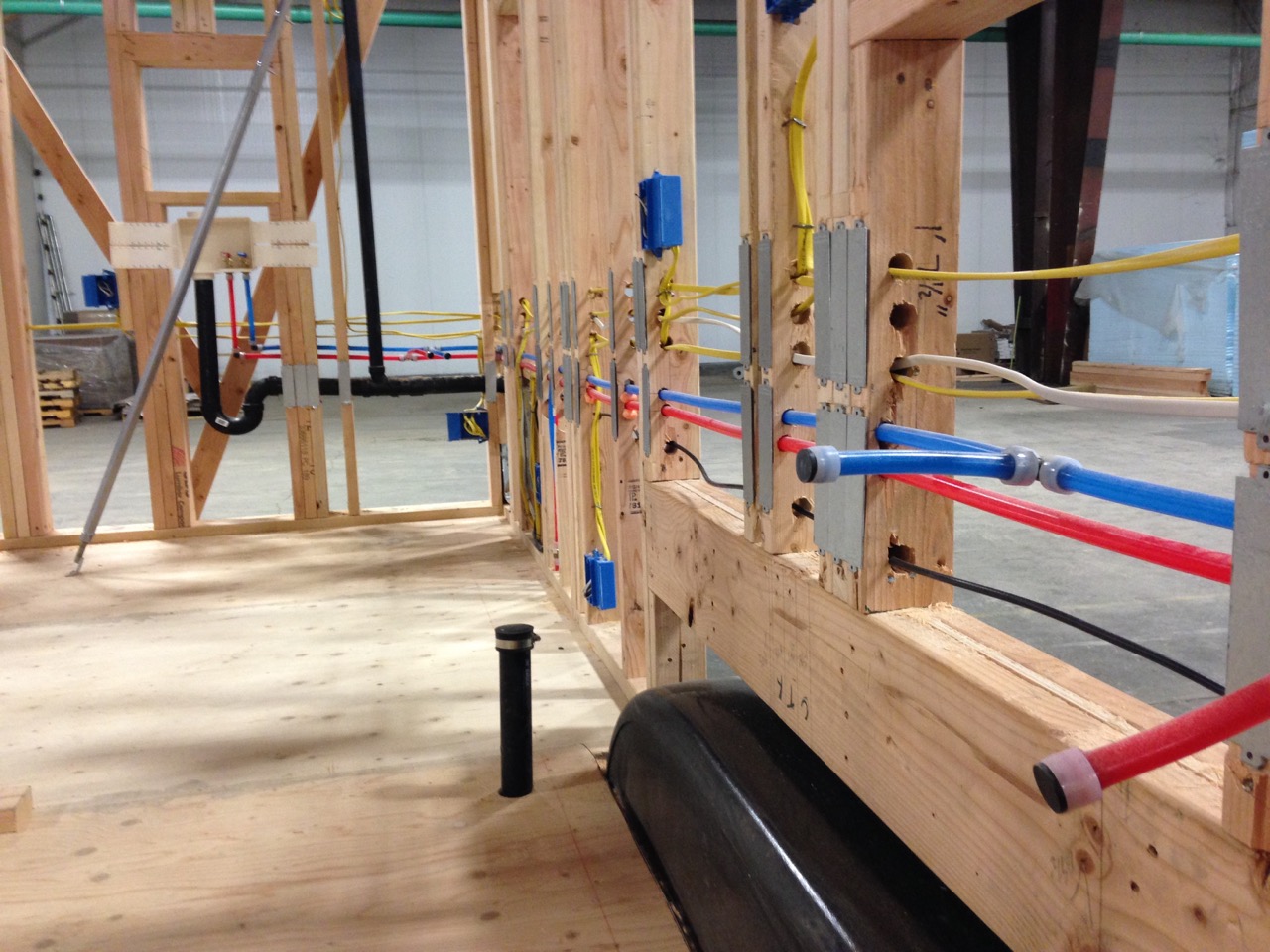

Articles
How Does Plumbing Work In A Tiny House
Modified: August 24, 2024
Learn how plumbing works in a tiny house with our informative articles. Discover the essential tips and tricks for efficient water distribution and waste management.
(Many of the links in this article redirect to a specific reviewed product. Your purchase of these products through affiliate links helps to generate commission for Storables.com, at no extra cost. Learn more)
Introduction
Plumbing is an essential component of any living space, and tiny houses are no exception. While their size may be small, the plumbing system plays a vital role in ensuring a comfortable and functional living environment. Whether you are planning to build or own a tiny house, understanding how plumbing works in this unique setting is crucial.
In this article, we will explore the basics of plumbing in tiny houses, including water supply systems, drainage systems, installation of fixtures, and tips for water and energy efficiency. By the end, you will have a comprehensive understanding of how plumbing works in a tiny house and the necessary considerations for optimal functionality and maintenance.
Before we dive into the specifics of tiny house plumbing, it’s important to note that the regulations and requirements for plumbing systems may vary based on your location. It is always recommended to consult with a professional plumber or local authorities to ensure compliance with local codes and regulations.
Key Takeaways:
- Efficient Plumbing Design
Careful planning and consideration of water supply, drainage systems, and fixture installation are crucial for a well-designed and functional plumbing system in a tiny house. Prioritize space-saving fixtures and sustainable water management to enhance efficiency. - Sustainability and Maintenance
Implementing water and energy-saving strategies, along with regular maintenance and troubleshooting, are essential for managing resources and ensuring the longevity of a tiny house plumbing system. Consult professionals and adhere to local regulations for optimal functionality.
Read more: How Does Pool Plumbing Work
Plumbing Basics
A functional plumbing system in a tiny house consists of two main components: the water supply system and the drainage system. Let’s take a closer look at each of them.
Water Supply
The water supply system brings clean, potable water into the tiny house for various purposes, such as drinking, cooking, and washing. The source of the water can vary depending on the location and the individual’s preferences.
For those connected to a municipal water supply, a water meter is typically installed to measure the amount of water used. In this case, a direct connection is made from the supply line to the tiny house, ensuring a constant flow of water.
In some cases, tiny house owners may opt for alternative water sources, such as utilizing a well or spring on their property. This requires additional equipment, such as water pumps and filtration systems, to ensure the water is safe for consumption.
Another option is to capture and collect rainwater for non-potable use. This can be achieved by setting up a rainwater harvesting system, which involves collecting rainwater from the roof and storing it in tanks for later use in activities like watering plants or flushing toilets.
Drainage System
The drainage system in a tiny house is responsible for removing wastewater and preventing any potential plumbing issues. There are two types of wastewater that need to be managed: greywater and blackwater.
Greywater refers to wastewater generated from activities like washing dishes, doing laundry, or taking showers. Blackwater, on the other hand, comes from toilets and contains human waste. It is important to keep these two types of wastewater separate to ensure proper treatment and disposal.
In terms of handling greywater, there are several options available. One approach is to utilize a greywater filtration system that treats the wastewater for reuse in activities like irrigation or toilet flushing. Alternatively, some tiny house owners may opt to direct their greywater to a municipal sewer system or a septic tank.
Managing blackwater requires a more specialized system. Some tiny houses may be connected to a municipal sewer system, allowing for the safe disposal of blackwater. However, in areas with limited access to a sewer system, it may be necessary to install a septic system. A septic system consists of a septic tank and a drain field, where the waste is treated and disposed of effectively.
It is important to adhere to local regulations and requirements when designing and installing a drainage system in a tiny house to ensure both environmental and public health considerations are met.
Planning for Plumbing in a Tiny House
Before embarking on the installation of plumbing in a tiny house, careful planning is necessary to ensure optimal functionality and efficiency. Here are some essential considerations when planning for plumbing in a tiny house:
Read more: How Does Plumbing Work In An RV
Assessing Water Needs
The first step in planning for plumbing is to assess your water needs. Consider how many people will be living in the tiny house and their daily water consumption habits. This will help determine the size of the water storage tank or the capacity of the water supply system required.
Additionally, take into account the activities that will require water, such as showers, cooking, and laundry. This assessment will help in determining the appropriate fixtures and plumbing components needed to meet your water needs.
Selecting Appropriate Fixtures
When choosing fixtures for a tiny house, it’s important to prioritize space-saving options. Look for compact and multi-functional fixtures that can serve multiple purposes. For example, consider installing a combination sink and countertop to optimize space in the kitchen area.
Furthermore, opt for fixtures that are designed for efficient water usage. Look for low-flow faucets, showerheads, and toilets that can significantly reduce water consumption without sacrificing performance.
Determining Pipe Sizes and Materials
The size and material of the pipes used in a tiny house plumbing system are critical for efficient water flow and durability. Consult with a plumber or plumbing expert to determine the appropriate pipe size based on your water demands and local plumbing codes.
For tiny house plumbing, flexible PEX (cross-linked polyethylene) pipes are often used due to their versatility, ease of installation, and resistance to freezing temperatures. However, the choice of pipe material may vary based on personal preferences and local regulations.
Additionally, consider insulating the pipes to prevent heat loss and freezing during colder months, as well as to minimize the risk of water damage due to condensation.
By carefully assessing water needs, selecting appropriate fixtures, and determining the right pipe sizes and materials, you can ensure a well-designed and functional plumbing system that meets your requirements in a tiny house.
Water Supply Systems for Tiny Houses
When it comes to supplying water to a tiny house, there are several options to consider. The choice of water supply system depends on factors such as location, accessibility, and personal preferences. Let’s explore three common water supply systems for tiny houses:
Read more: How Does Toilet Plumbing Work
Connecting to a Municipal Water Source
Connecting to a municipal water source is the most straightforward option for accessing a reliable water supply. This involves establishing a direct connection between the tiny house and the existing water supply infrastructure provided by the local municipality.
When connecting to a municipal water source, it is essential to comply with any necessary permits, regulations, and requirements set by the local authorities. This may include the installation of a water meter, backflow prevention devices, and adherence to plumbing codes.
Utilizing a Well or Spring
If your tiny house is located in an area without access to a municipal water supply, utilizing a well or spring can provide a self-sustaining water source. This option requires drilling a well or tapping into a natural spring on your property.
It is important to consult with well drilling professionals or local experts to assess the water table and suitability of the location for well drilling. The water from the well or spring will need to be tested to ensure its potability and, if necessary, treated for filtration and purification.
Utilizing a well or spring can provide a cost-effective and environmentally friendly water supply solution for your tiny house, ensuring independence from external water sources.
Collecting Rainwater
Rainwater harvesting is a sustainable and eco-friendly approach to water supply in a tiny house. This method involves capturing and storing rainwater for later use.
A rainwater collection system typically includes gutters and downspouts to direct rainwater from the roof into storage tanks. The collected rainwater can be used for non-potable purposes such as toilet flushing, watering plants, or doing laundry.
It is important to install proper filtration systems to remove debris and contaminants from the rainwater before use. Additionally, check the local regulations regarding rainwater harvesting to ensure compliance and safety.
When considering the water supply system for your tiny house, assess the availability of municipal water, the feasibility of well or spring utilization, or the potential for rainwater collection. Each option has its advantages and considerations, so choose the system that best suits your needs and aligns with your sustainability goals.
Installing Plumbing Fixtures in a Tiny House
The installation of plumbing fixtures is a crucial step in setting up a functional and comfortable living space in a tiny house. Here are some considerations for installing common plumbing fixtures:
Read more: How Does Home Plumbing Work
Sink Installation
A sink is an essential fixture in any tiny house, serving multiple purposes such as washing dishes, hands, and food preparation. When installing a sink, consider the available space and choose a compact design that provides sufficient functionality.
Start by installing the sink basin and securing it to the countertop or surface. Ensure a stable and secure connection, especially if you anticipate movement during transportation. Connect the water supply lines to the faucet and the drainpipe to the sink’s drain outlet. If space allows, consider adding an under-sink water filtration system for cleaner drinking water.
Toilet Installation
Choosing the right toilet for a tiny house is essential for maximizing space and ensuring comfort. There are several options available, including composting toilets, cassette toilets, and low-flush toilets.
When installing a toilet, carefully follow the manufacturer’s instructions and ensure that the toilet is properly secured to the floor or the designated mounting area. Connect the water supply line to the toilet tank, and in the case of non-flush toilets, set up the appropriate waste management system, such as a composting bin or cassette.
Consider space-saving toilets or toilets with compact designs to optimize space utilization in a tiny house bathroom.
Shower or Bathtub Installation
The installation of a shower or bathtub in a tiny house depends on available space and personal preference. If space is limited, a shower stall may be the more practical choice.
When installing a shower or bathtub, consider waterproofing the surrounding area to prevent water damage. Ensure proper drainage by installing a drain pan and connecting it to the main drainage system of the tiny house.
Choose fixtures that are specifically designed for small spaces and consider installing water-saving showerheads or faucets to minimize water consumption.
Proper installation of plumbing fixtures in a tiny house is critical for functionality and efficiency. Follow manufacturer guidelines, adhere to local plumbing codes, and consider space-saving solutions to optimize your tiny house’s plumbing system.
Designing the Drainage System
The drainage system in a tiny house is an essential component for managing wastewater and maintaining a clean and healthy living environment. When designing the drainage system, there are several factors to consider:
Read more: How To Build A Foundation For A Tiny House
Greywater vs. Blackwater
It’s important to understand the distinction between greywater and blackwater. Greywater refers to wastewater generated from activities such as washing dishes, doing laundry, or taking showers. Blackwater, on the other hand, is wastewater from toilets and contains human waste.
In designing the drainage system, it is crucial to keep greywater and blackwater separate. Greywater can be reused for non-potable purposes, such as watering plants or flushing toilets. Blackwater, on the other hand, requires appropriate treatment and disposal methods.
Building a Septic System
A septic system is a common solution for managing blackwater in rural areas where connecting to a municipal sewer system is not feasible. It consists of a septic tank and a drain field.
In a tiny house, designing a septic system requires careful consideration of space limitations and soil suitability. The septic tank is responsible for separating solids from the wastewater and allowing the liquid portion to exit into the drain field, where it gets further treated and absorbed by the soil.
It is important to consult with a professional to ensure the proper sizing and installation of the septic tank and to assess the soil’s ability to handle the wastewater efficiently. Regular maintenance and periodic pumping of the septic tank are also necessary for its proper function and longevity.
Alternative Options for Waste Management
In addition to traditional septic systems, there are alternative options available for waste management in tiny houses.
Composting toilets are a popular choice for those seeking a sustainable and eco-friendly method of waste management. These toilets break down human waste into compost through a natural decomposition process. Compost generated from a composting toilet can be safely used as fertilizer for plants.
Cassette toilets are another option, consisting of a portable waste cassette that can be easily removed and emptied when needed. These toilets are compact and suitable for those who prefer a more flexible waste management solution.
When considering alternative waste management options, be sure to research local regulations and codes to ensure compliance and proper waste disposal.
Designing the drainage system in a tiny house requires careful consideration of greywater and blackwater management, the installation of a septic system or alternative waste management solutions. By paying attention to these factors, you can ensure a hygienic and responsible wastewater management system in your tiny house.
Managing Water and Energy Efficiency
When it comes to plumbing in a tiny house, managing water and energy efficiency is essential for conserving resources and reducing environmental impact. Here are some strategies to consider:
Implementing Water-Saving Strategies
Conserving water in a tiny house not only helps reduce consumption but also minimizes the strain on your water supply system. Consider implementing the following water-saving strategies:
- Install low-flow fixtures, such as faucets and showerheads, which reduce water usage without compromising water pressure or performance.
- Consider installing a dual-flush toilet, allowing for different water volumes for liquid and solid waste.
- Practice conscious water usage habits, such as turning off the faucet when not in use, fixing leaks promptly, and using water-efficient appliances like dishwashers and washing machines.
- Collect and reuse greywater for non-potable purposes like watering plants or flushing toilets.
Choosing Energy-Efficient Fixtures
In addition to water-saving strategies, choosing energy-efficient plumbing fixtures can help reduce your energy consumption. Look for the following features when selecting fixtures:
- Opt for energy-efficient hot water systems, such as tankless water heaters, which only heat water on demand.
- Install insulated hot water pipes to minimize heat loss during distribution.
- Choose ENERGY STAR certified appliances, such as dishwashers and washing machines, that are designed to operate efficiently and save energy.
- Consider installing motion-activated or sensor-controlled faucets that automatically shut off when not in use, preventing unnecessary water wastage.
Insulating Pipes for Optimal Efficiency
Proper insulation of plumbing pipes is crucial for both water and energy efficiency. Insulating pipes helps prevent heat loss from hot water pipes, reducing the amount of energy required to heat water. It also helps prevent freezing of pipes during colder months, minimizing the risk of damage.
Use appropriate pipe insulation materials, such as foam or fiberglass sleeves, and ensure proper installation following manufacturer guidelines. Pay particular attention to exposed pipes in exterior walls or unheated areas to prevent heat loss and freezing.
By implementing water-saving strategies, choosing energy-efficient fixtures, and insulating pipes, you can effectively manage water and energy efficiency in your tiny house. These efforts not only benefit the environment but also contribute to cost savings and a more sustainable lifestyle.
Maintenance and Troubleshooting
Regular maintenance and prompt troubleshooting are crucial for keeping the plumbing system in a tiny house running smoothly. Here are some key tasks and common plumbing issues to be aware of:
Read more: Where To Start Building A Tiny House
Regular Maintenance Tasks
Performing regular maintenance tasks will help prevent potential plumbing problems and prolong the lifespan of your plumbing system. Here are some essential maintenance tasks for your tiny house:
- Inspect pipes, fittings, and fixtures for any signs of leaks, corrosion, or damage. Repair or replace any damaged components promptly.
- Clean and remove debris from drains to prevent clogs. Use drain covers or strainers to catch hair, food particles, and other debris.
- Flush your water heater regularly to remove sediment buildup, ensuring optimal performance and energy efficiency.
- Check the water pressure periodically to ensure it falls within the recommended range (typically 40-60 psi). High water pressure can strain pipes and fixtures over time.
- Inspect and clean aerators on faucets and showerheads to remove mineral deposits and maintain proper water flow.
Common Plumbing Issues and Solutions
Despite regular maintenance, plumbing issues can still arise. Here are some common problems you may encounter in a tiny house and their possible solutions:
- Leaks: Leaks may occur in pipes, fittings, or fixtures. Locate the source of the leak, and repair or replace the faulty component. Regularly check for leaks and address them promptly to prevent water damage.
- Clogs: Clogged drains can cause water to back up. Use a plunger or a drain snake to remove minor clogs. For stubborn or recurring clogs, consider using a chemical drain cleaner or contacting a professional plumber.
- Low water pressure: Low water pressure can be caused by mineral deposits, pipe blockages, or issues with the water supply. Clean or replace clogged aerators or contact a plumber to assess and address the underlying cause of the low water pressure.
- Water heater issues: Inadequate hot water, strange noises, or water discoloration can indicate a problem with the water heater. Check the heating element, thermostat, or flush the tank to address the issue. If necessary, consult a professional for repairs or servicing.
- Toilet problems: Common toilet issues include running water, clogs, or weak flushing. Adjust or replace faulty components in the tank, use a plunger or an auger to clear clogs, or adjust the water level to resolve toilet problems.
When encountering plumbing issues beyond your expertise, it is always advisable to seek the assistance of a professional plumber. Regular maintenance and addressing problems promptly will help maintain the functionality and efficiency of your tiny house plumbing system.
Conclusion
Plumbing is an essential aspect of any living space, including tiny houses. Understanding how plumbing works in a tiny house and incorporating efficient and sustainable practices can significantly enhance the functionality and comfort of your living environment while minimizing resource consumption.
Throughout this article, we have explored various aspects of plumbing in a tiny house, covering water supply systems, drainage systems, installation of fixtures, water and energy efficiency, and maintenance. By considering these factors and implementing the suggestions provided, you can ensure a well-designed and efficient plumbing system in your tiny house.
Remember to plan carefully for your water supply needs, select appropriate fixtures that save space and conserve water, and make informed decisions about waste management. Regular maintenance, along with prompt troubleshooting of common plumbing issues, will help keep your system in optimal condition.
Finally, consult with professionals, such as plumbers or local authorities, to ensure compliance with local codes and regulations, as requirements may vary depending on your location.
By taking the time to understand and implement these practices, you can enjoy a fully functional and sustainable plumbing system in your tiny house, allowing you to live comfortably and responsibly within your compact and efficient living space.
Frequently Asked Questions about How Does Plumbing Work In A Tiny House
Was this page helpful?
At Storables.com, we guarantee accurate and reliable information. Our content, validated by Expert Board Contributors, is crafted following stringent Editorial Policies. We're committed to providing you with well-researched, expert-backed insights for all your informational needs.
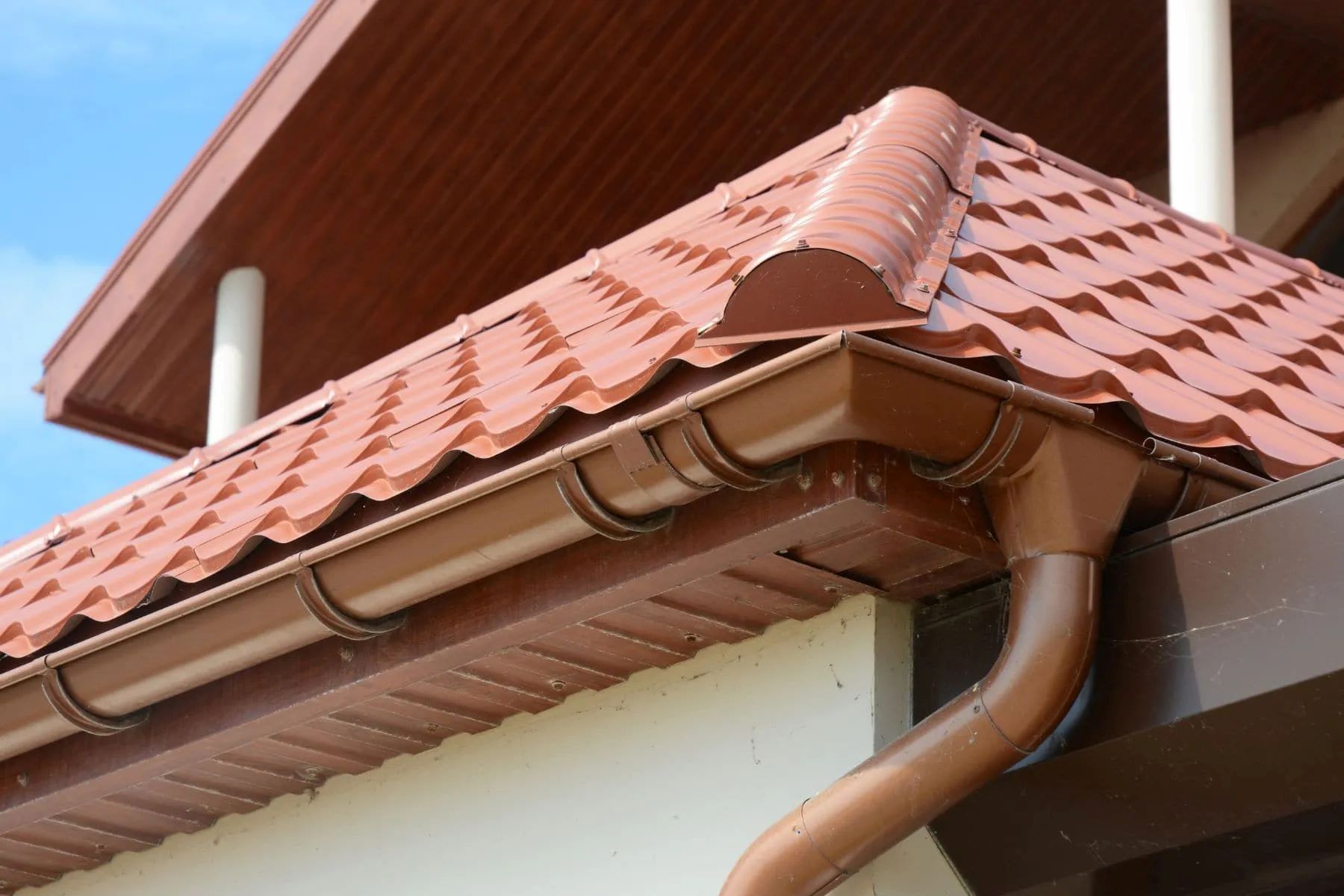
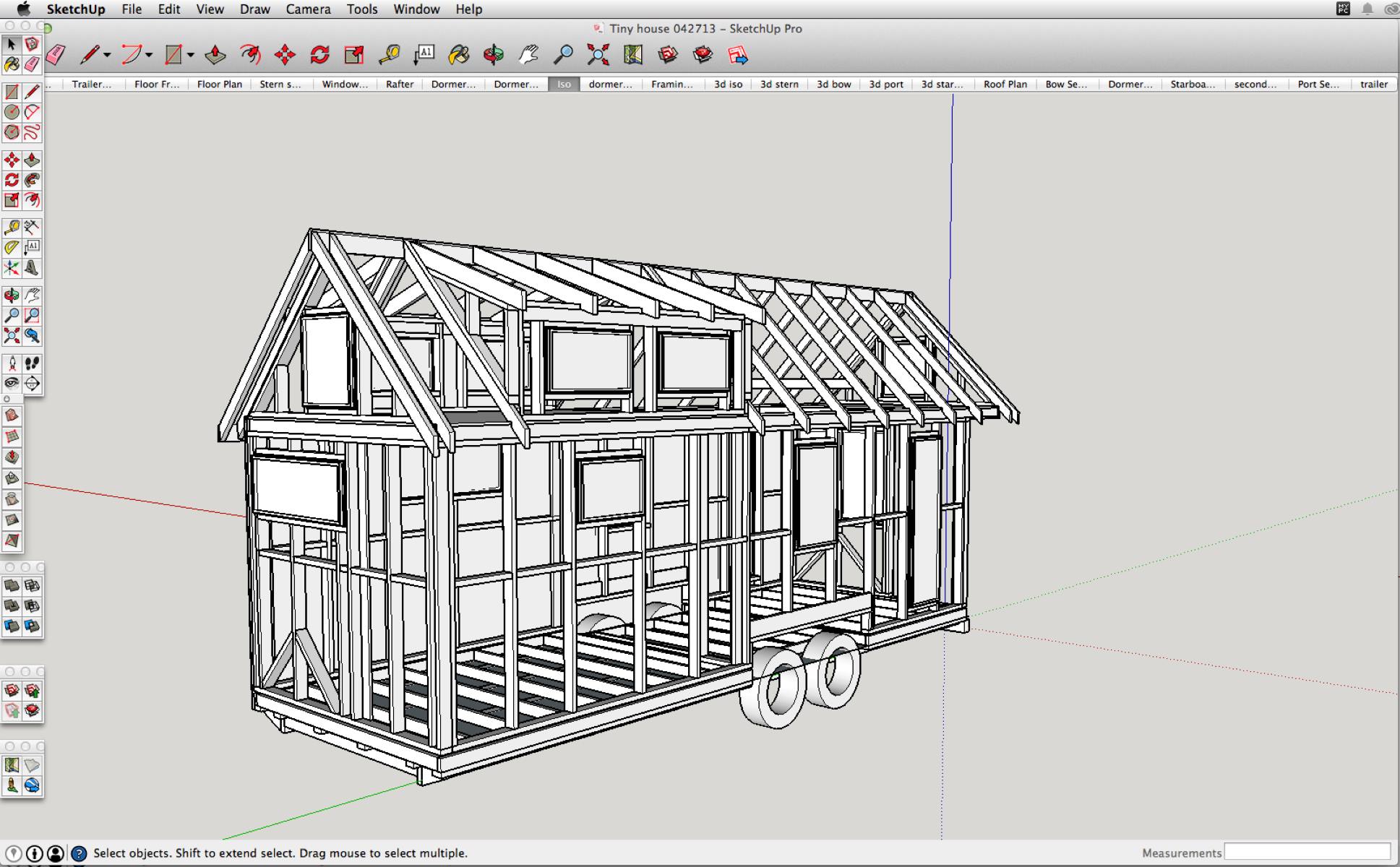
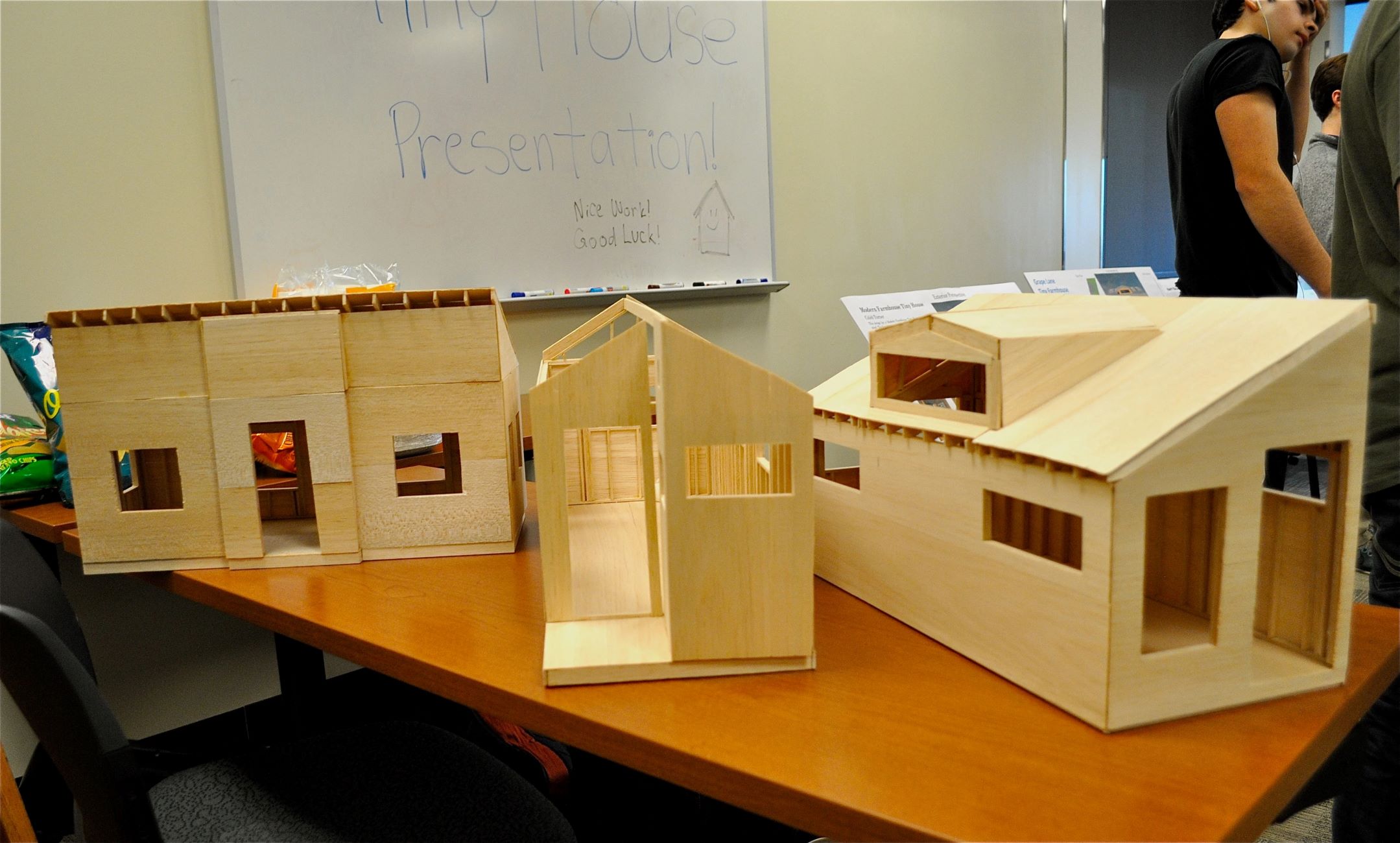

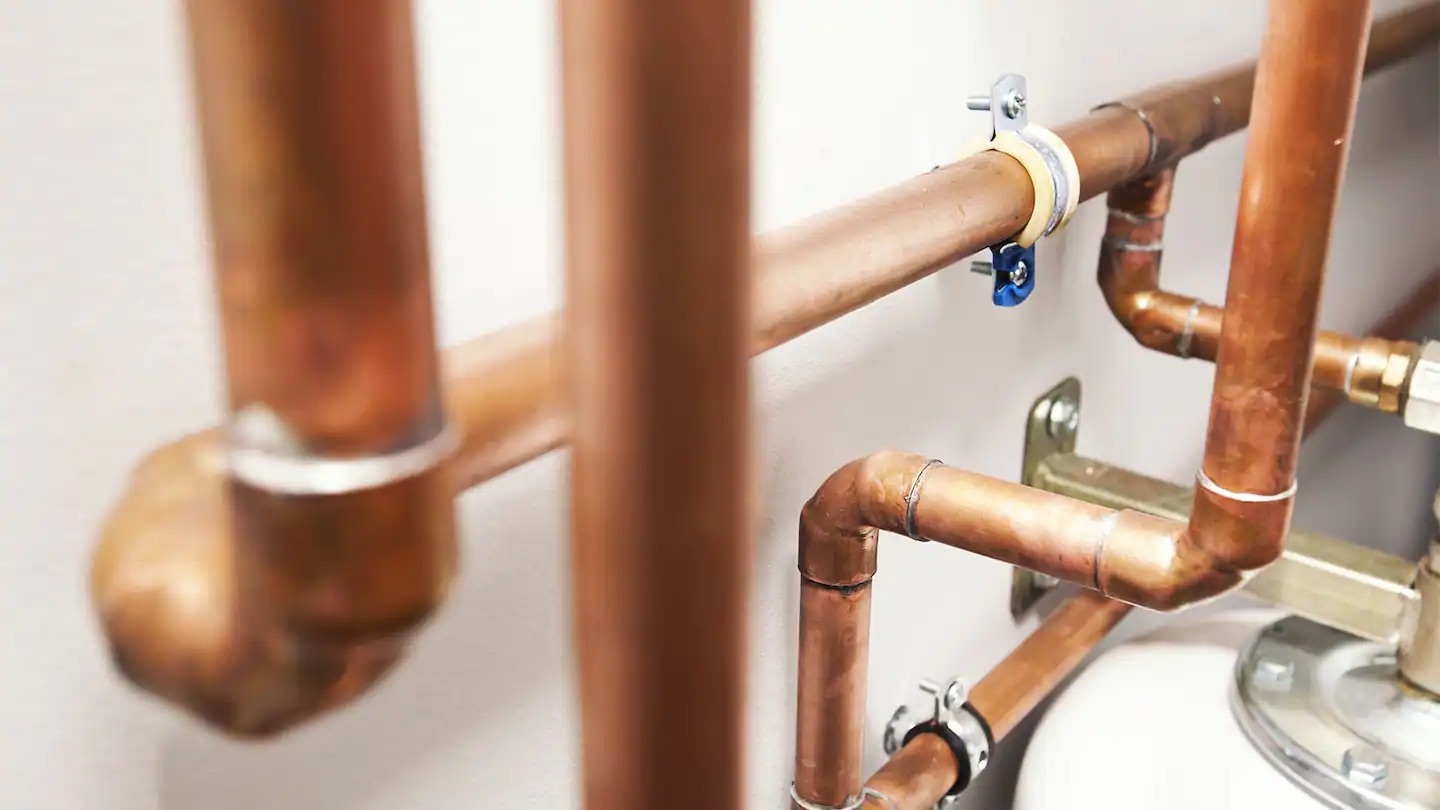
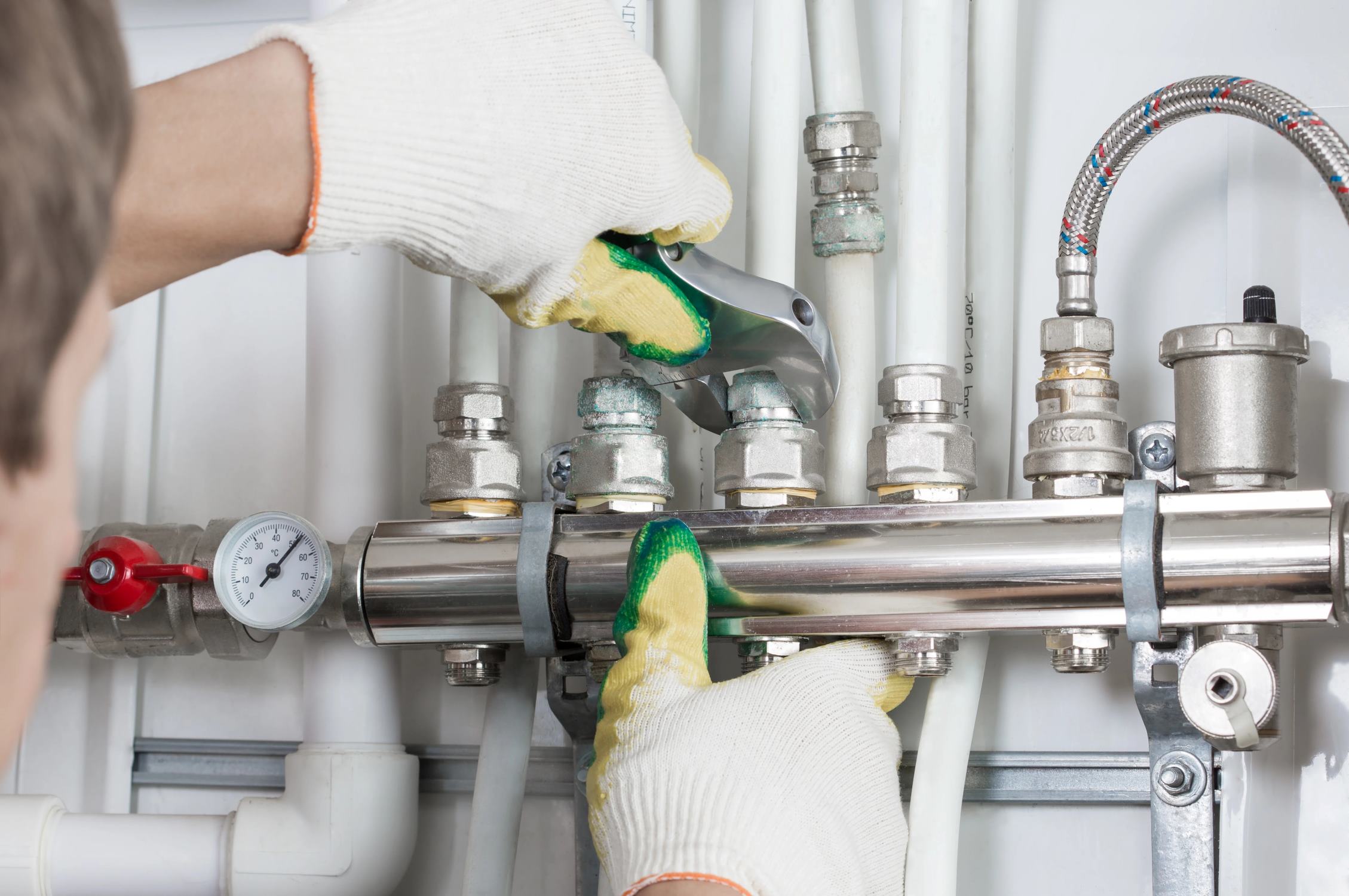
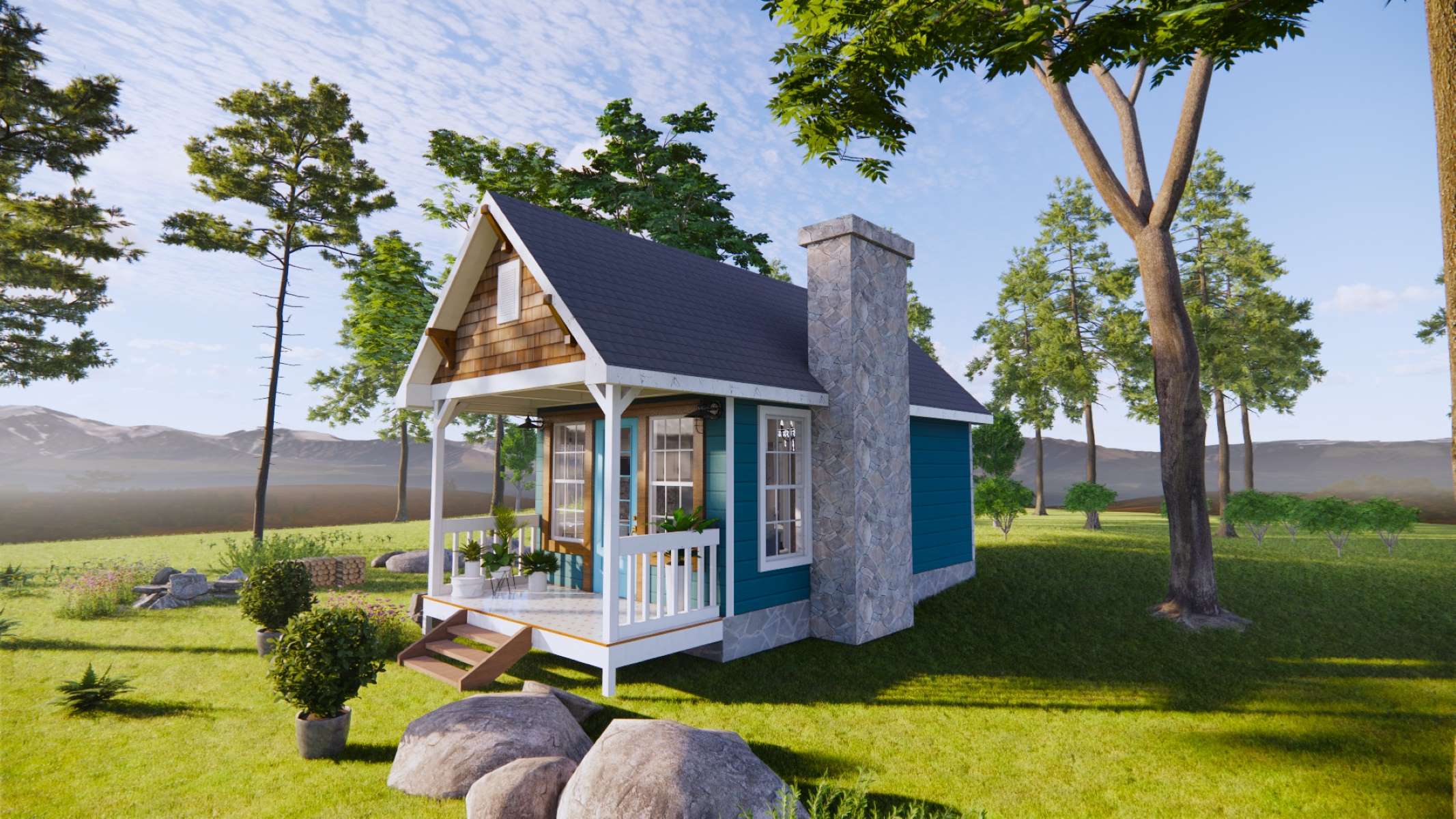
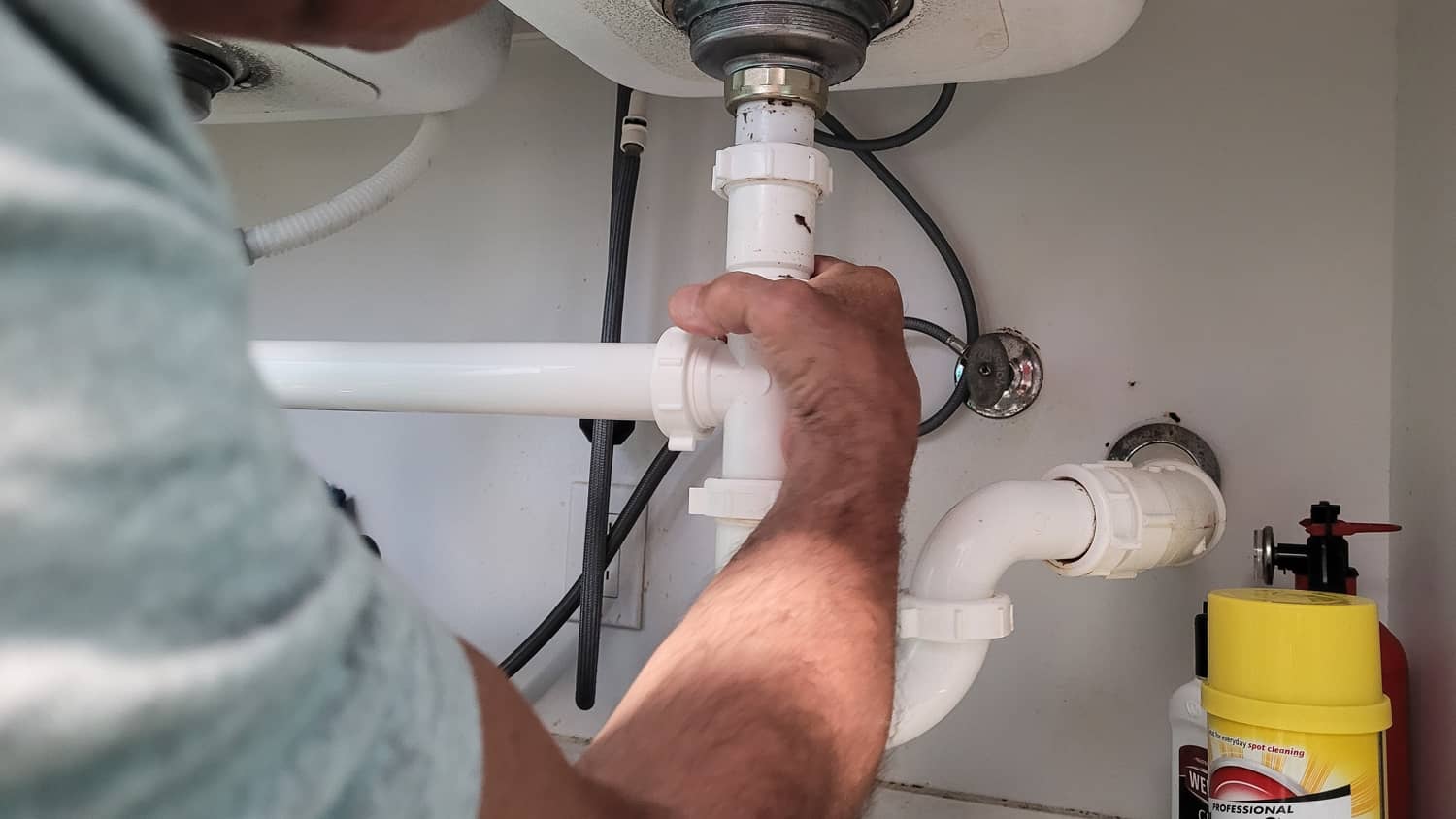
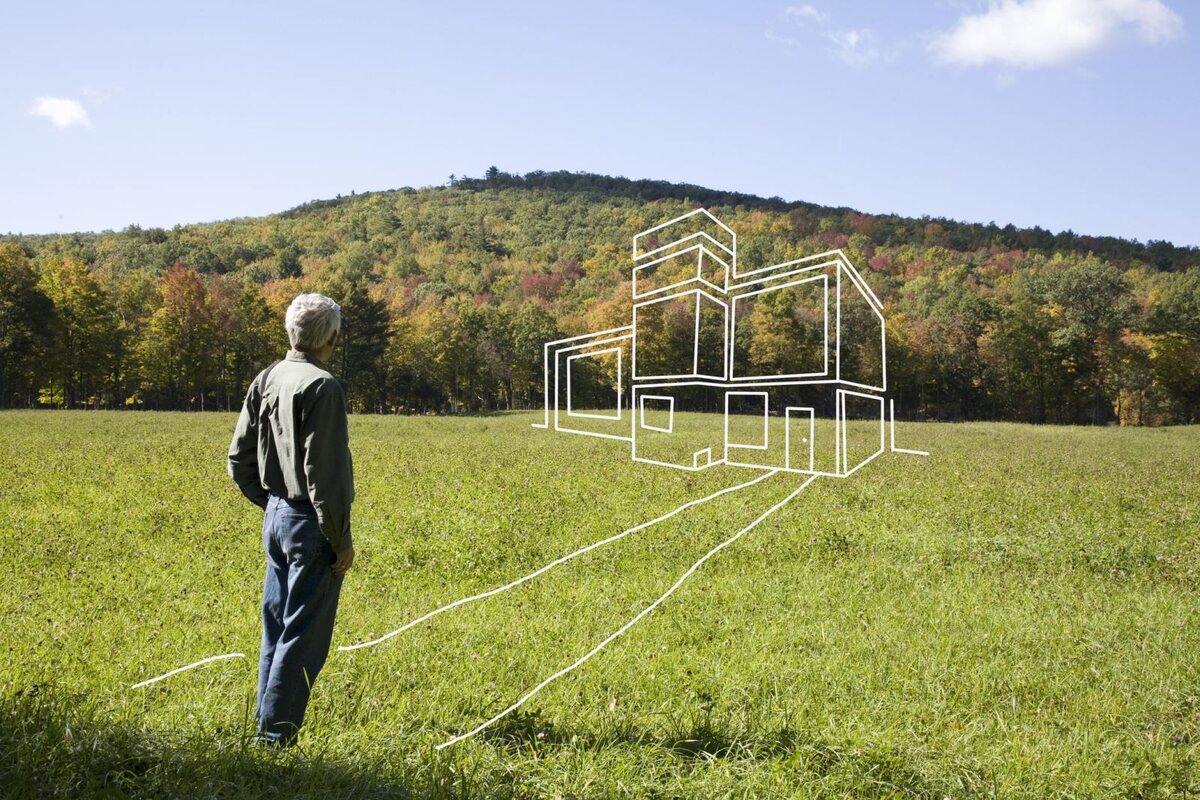

0 thoughts on “How Does Plumbing Work In A Tiny House”